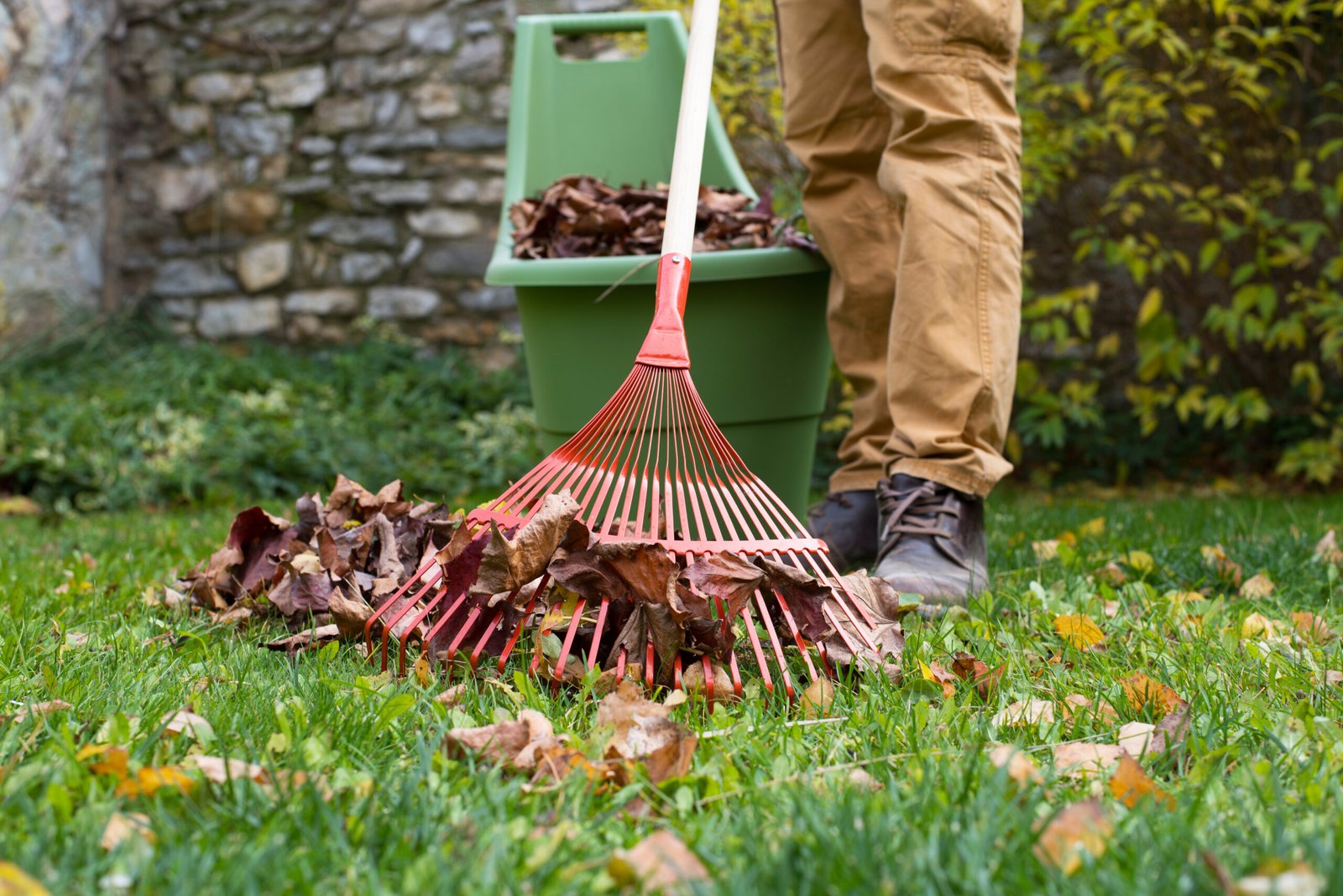Maintaining healthy grass is more than simply an aesthetic consideration; it is an essential component of homeownership that improves curb appeal, increases property value, and benefits the environment.
A lush, green lawn provides space for outdoor activities, cools the air in the summer, and can help decrease soil erosion. For beginners, entering the world of lawn care might be intimidating, but with the correct information and tools, anyone can grow a successful lawn. This article delves into vital ideas and practices for new lawn care specialists.
Understand your lawn
Assessing Your Soil
Before beginning any lawn care, it is critical to identify the soil type in your yard. Healthy soil is the foundation of a lush grass. Consider performing a soil test through a local extension office to learn about pH levels and nutrient content. Knowing your soil type (sandy, loamy, or clay) will help you plan your maintenance schedule.
Determining Grass Types
Different grass species flourish in various climates and environments. Learn about the different types of grasses in your area, whether they are cool-season grasses like Kentucky Bluegrass or warm-season variants like Bermuda Grass. This knowledge will assist you in determining the best grass for your lawn and how to care for it properly.
Mowing Techniques
Mowing Height
Mowing is a vital element of lawn care, but how you mow has a huge impact on the health of your grass. Mowing heights vary depending on the type of grass. Keep your mower blade at 3 to 4 inches in height to promote deep roots and prevent water evaporation.
Mowing Frequency
The frequency with which you mow your lawn is determined by its growth rate and the weather in your area. During the busy growing season, attempt to mow every 1–2 weeks. Always mow when the grass is dry to avoid clumping and get a clean cut.
Watering wisely
Watering Schedule
Proper irrigation is essential for a healthy grass. Most grasses, including rainfall, survive on about an inch of water each week. Watering early in the morning is a fantastic way to reduce evaporation and fungal diseases.
Watering Technique
Deep, infrequent watering is more beneficial than shallow, regular watering. Ideally, aim for a single deep soak rather than several shallow sprinkles. This promotes deeper root growth, making your lawn more drought-resistant.
Fertilization Basics
Choosing Fertilizer
Choosing the appropriate fertilizer is critical to lawn health. Look for a balanced fertilizer (equal parts nitrogen, phosphorous, and potassium) for everyday usage. Organic methods, such as compost or natural fertilizers, can also help to nourish soil without using chemicals.
Timing Your Fertilization
Fertilize your lawn based on the growth cycles of your grass kind. Cool-season grasses thrive from spring fertilization, but warm-season grasses do best in late spring or early summer. Always adhere to the manufacturer’s application rates.
Pest and Weed Control
Identifying Common Pests
Regularly check your grass for common pests, including grubs, chinch bugs, and beetles. Early detection is critical; if the pest population becomes an issue, use insecticidal soap or natural insecticides. Encourage beneficial insects, such as ladybugs, to help manage pests.
Managing weeds
Weeds can quickly overtake a lawn if not controlled. Use a combination of tactics, including hand-pulling, mulching to smother weeds, and pre-emergent herbicides in early spring to keep weeds from sprouting.
Aeration and Over-seeding
Aerate your lawn
Aeration loosens compacted soil, allowing air, water, and nutrients to reach the roots. Consider aerating your lawn once a year with a core aerator, particularly if it receives much foot traffic.
Overseeding for thickness
After aeration, overseeding can help fill in any thin sections of your grass. Spread grass seed evenly across the lawn and water lightly to encourage germination. This is especially useful in the fall when temperatures are milder.
Seasonal Lawn Care Tasks
Spring Care
Clear away waste, restore bare sections, and fertilize your lawn to promote healthy growth in the spring. Start your mowing regimen as soon as the grass begins to grow.
Summer Care
Monitor your watering methods over the summer and look for pests and weeds. Adjust your mowing height to minimize heat stress and foster deep roots.
Fall Preparation
Aerate and overseed your grass in the fall to prepare it for winter. Concentrate on controlling weeds while they are actively growing. Consider a final fertilization to help the grass as it becomes dormant.
Conclusion
Lawn care can initially seem frightening, but it becomes manageable with the appropriate knowledge and a little patience. By following the advice in this article, you’ll be well on your way to creating a lush, healthy lawn that you can enjoy all year. Accept the process, and watch your efforts alter your outside space!

